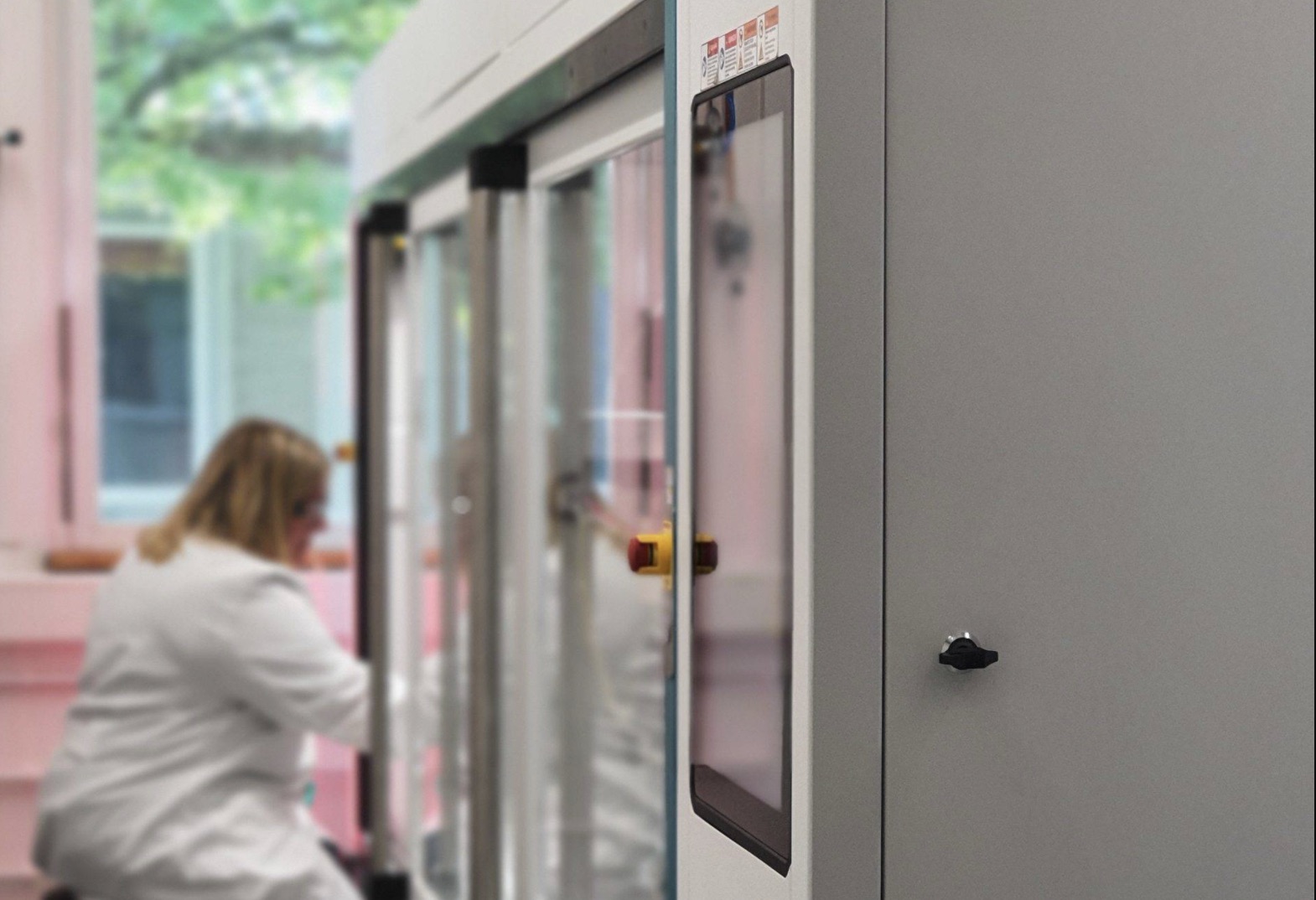
[ad_1]
Elon Musk recently shared some details about Tesla’s mRNA micro-factories for CureVac’s COVID vaccine development. In February 2019, CureVac released a press release referring to a bioreactor dubbed The RNA Printer. Musk’s recent tweet provided some details about the Tesla bioreactor being developed for CureVac’s mRNA vaccine initiatives.
“Tesla is making the RNA bioreactor that can make vaccines / remedies. Curevac uses version 2. Version 3 is under development. I expect this to become an important product for the world, but probably not financially for Tesla, ”Musk said on Twitter in response to a request from Tesla’s owner-investor. @SamTalksTesla.
Musk discussed Tesla’s partnership with CureVac in July 2020 and shared his thoughts on the potential of synthetic RNA and DNA. At the time, Musk called diseases a “software problem.” From this perspective, Tesla seems more than capable of developing a technology to make mRNA vaccines on a large scale. Musk visited CureVac’s headquarters in Tübingen, Germany, in September to discuss the contribution of Tesla subsidiary Grohmann Automation to the development of CureVac’s COVID mRNA vaccine.
MRNA vaccines are easier to produce and scale up compared to traditional vaccines. Tesla’s RNA bioreactor will come into play during the production phase of CureVac’s COVID vaccine, once it is approved. Due to the scalability of mRNA vaccines, Tesla’s RNA bioreactor could play a key role in making CureVac’s COVID vaccine readily available to the public.
Last week, CureVac reported positive results in Phase 1 of its COVID vaccine candidate. “We are very encouraged by the interim data from Phase 1. It represents a critical milestone in our COVID-19 vaccine program and strongly supports the advancement of our vaccine candidate,” said Dr. Franz-Werner Haas, CEO of CureVac.
“Following further data readings and discussions with regulatory authorities, we remain fully committed and on track to launch a pivotal Phase 2b / 3 trial before the end of 2020,” he added.
At the time of writing, there were no licensed mRNA vaccines for infectious diseases because they are relatively new to the world of medicine. This new type of vaccine allows scientists to create synthetic mRNA, which contains the code for infectious proteins that create the molecules of a virus.
Vaccines that produce synthetic mRNA cannot form a complete virus, but they can grow enough of its parts to trigger the body’s immune system. The human body has innate immunity, which are defense systems we are born with, and acquired immunity, which develops over time when we come into contact with pathogens. Traditional vaccines work more with the acquired immune system, while mRNA vaccines have the potential to trigger the body’s innate immune system. Since it is unable to develop full-length viruses, patients vaccinated with mRNA cannot spread the disease either.
[ad_2]
Source link